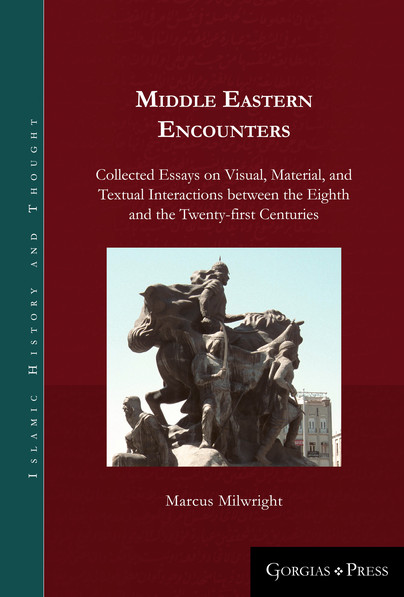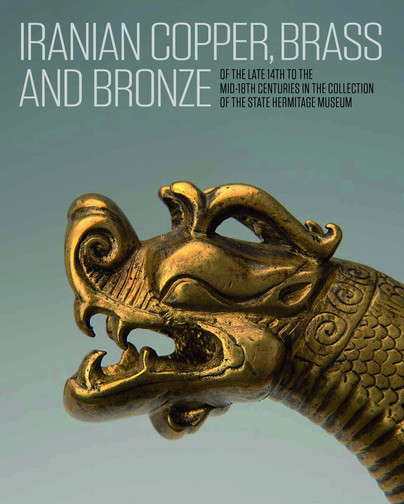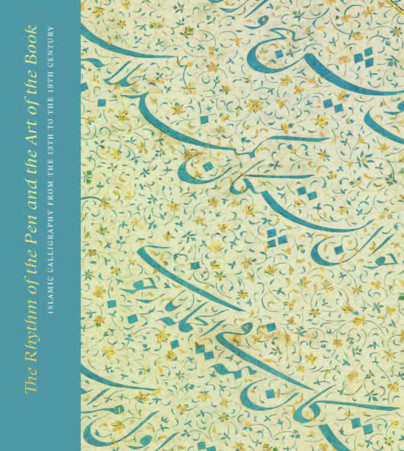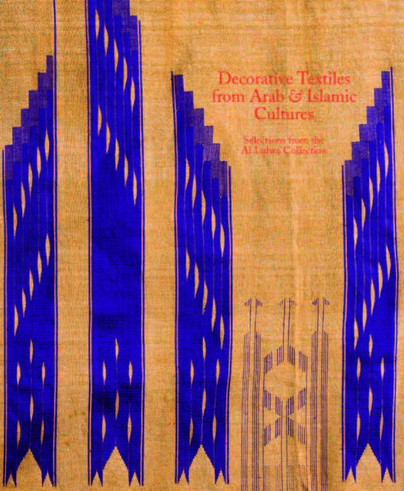One of the most distinctive features of Islamic design is the evolution of an increasingly abstract and repetitive repertoire of motifs, which are shared among all media – metalwork, woodwork, ceramics, tilework and textiles. In textiles the main themes are based on angular and geometric shapes – vertical and horizontal striped bands; hexagons and octagons, which can be linked and infinitely extended; stylized and rhythmic scrolls of foliage and flowers; and Arabic calligraphy, of which the letters can be formed into continuous borders, panels and medallions. These motifs can be used separately or combined into complex patterns, of which the repetitive and two-dimensional features are ideal for textile production, especially where varying lengths are required – for hangings, curtains, robes and shawls.
Valued for their role in the subtleties of court ceremonial and fashion, these textiles were also much admired beyond the Islamic lands.The exceptional collection published here ranges widely in region, material and technique. There are textiles and garments from North Africa, Syria, Arabia, Iran, Turkey and the Indian subcontinent linked by a shared vocabulary of ornament – evidence of the international nature of Islamic design. Materials represented are silk – the most prestigious of fibres, requiring highly respected weavers – wool, cotton and linen. Decoration is based on variations of weave and colour and embellishment through embroidery, printing and appliqué and illustrates the work of both professional and domestic workers.The strengths of the collection are concentrated in the textile production of the nineteenth and early twentieth centuries, which, thanks to the basically conservative nature of textile technique and design, preserve and continue the traditions established in the medieval Islamic world. They are important in an assessment of Islamic textiles both for their quality and as illustrations of survival and adaptation in a major industry. Their heritage reaches back well over a thousand years, even though their very high perishability means that for the earlier part of the tradition our knowledge is reliant very largely on written sources. These, however, attest to the superb quality and quantity of textiles at the courts of the period.









